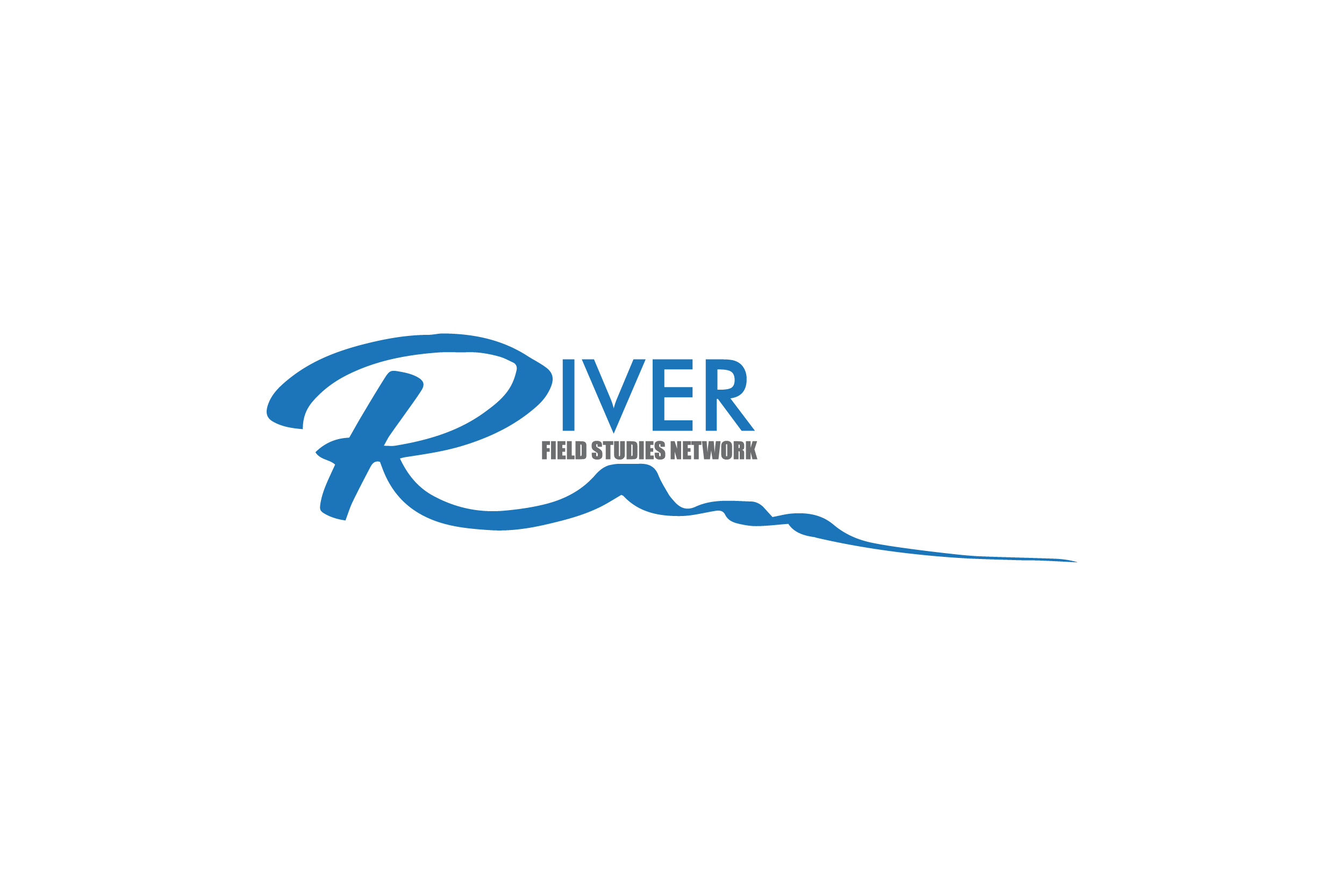Microhabitats and macroinvertebrates: Logjam influences on stream morphology and macroinvertebrate traits
Author(s): Carolyn Cummins1, Adriana E. Martinez2
1. University of Georgia 2. Southern Illinois University Edwardsville
1841 total view(s), 306 download(s)
01_Wood_in_Streams_video.mp4(MP4 | 52 MB)
02_Wood_in_streams_pres.pptx(PPTX | 17 MB)
03. Macroinvertebrate_adaptations_habitats_video.mp4(MP4 | 36 MB)
04_Macroinvertebrate_adaptations_habitats_pres.pptx(PPTX | 30 MB)
Linkin Logs Lesson 1_Wood Habitat.pdf(PDF | 194 KB)
Linkin Logs Lesson 1_Wood Habitat DATA SHEET.docx(DOCX | 15 KB)
- License terms
Description
Within this QUBES resource, you will find:
1) Two introductory videos and their associated PowerPoint presentations. These have been recorded by the lesson authors and cover (a) how logjams influence channel morphology, and (b) the adaptations that aquatic macroinvertebrates possess for living in different habitats. You may choose to present these videos as they are to your students or adapt the information contained in them to your own needs.
2) The full "Microhabitats and macroinvertebrates: Logjam influences on stream morphology and macroinvertebrate traits" lesson writeup
3) The datasheet associated with this lesson for use by students in the field.
Cite this work
Researchers should cite this work as follows:
- Cummins, C., Martinez, A. E. (2024). Microhabitats and macroinvertebrates: Logjam influences on stream morphology and macroinvertebrate traits. River Field Studies Network, QUBES Educational Resources. doi:10.25334/ZVG7-2F67
